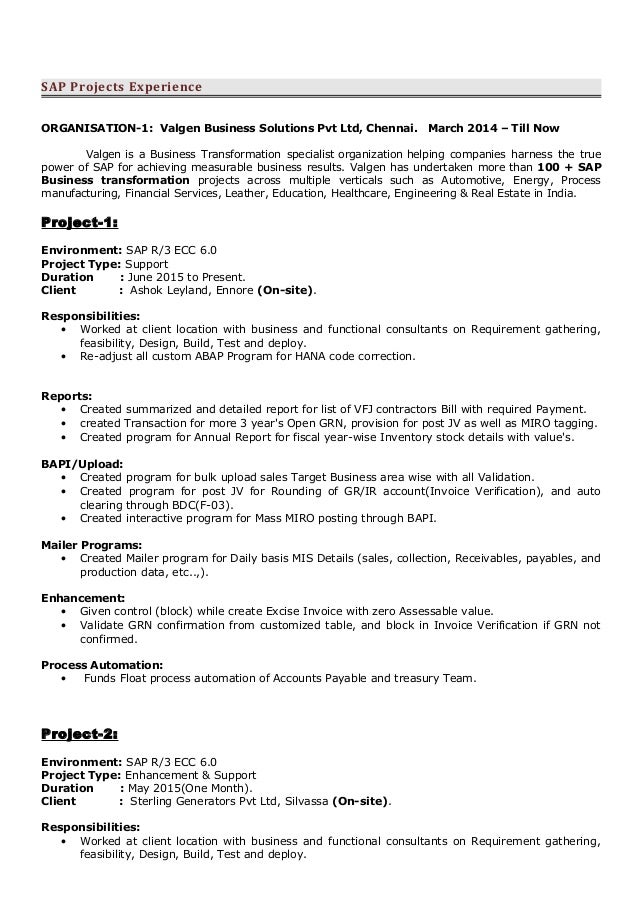
I have been thinking of writing this post for a long time as not many people in SRM make use of LSMW and other similar technologies for enabling faster upload of data. I have tried to include here some of my understanding of what LSMW is and how it is different from the other BDC which enables both recording and generation of an ABAP code using the recording.There is always a question if LSMW is available for SRM as well for which we need to understand that all SAP releases have this functionality and since a very long time SAP system releases (as of SAP Web AS 6.20) have LSMW as an ‘integrated’ solution.

Sap Bdc Example
Thus, no need to install an LSMW as add-on because it is already available in the system.We just need to try using Tcode LSMW to be able to use it.Try IT My recommendation is whether you are Technical or not this has got nothing to do with it.
SAP BDC stands for batch data communication and it is a technique using with legacy data or data loading in to SAP system which is not updated in the SAP systems. For example, company decides to adapt its systems and procedures to SAP, and installs SAP, it will have to upload a huge volume of data that are a part of its legacy systems or old systems into the SAP system.
This technique is done through SAP BDC (Batch Data Communication).BDC sessions, which are also known as Batch Input Sessions, are used to load legacy data into the SAP system and perform highly repetitive tasks that involve in data entry. BDC session simulates the online entry of all data, transactions, validations that are included in each transaction.To perform SAP BDC transaction, a programmer has to manually examine the entire transaction for the first time. He must note every single field – including details such as the field’s name, type and length. Programmer has to write a batch input program to format the entire incoming data into a BDC table. SAP simplifies the entire process by using BDC Recording. BDC Recording is a feature that is included in SAP R/3 systems. In BDC Recording, a user records a sample transaction and Importer Wizard formats the recording into a structure of type tree.
The tree is then used in a Map Designer, which maps the entire data directly into the BDC table format. This is then processed entirely by the SAP BDC session program. To perform SAP BDC, we do the following steps. Load SAP systems with data using a BDC session.
Identify the transaction which is used to create the SAP data. (For example, take MM01). Run SHDB transaction (Use SM35 recording)By using the above SAP transactions, you have loaded the initial data into the SAP system means have done a “recording”. So, next, you must use this format for the rest of the program. You will do well to note down each of the fields here.The data can only be read in form of a text file or a flat file, and fed by the ABAP program into an internal table called the BDCDATA. Now, this internal table, BDCDATA is taken as the format for the input and executed in the background.